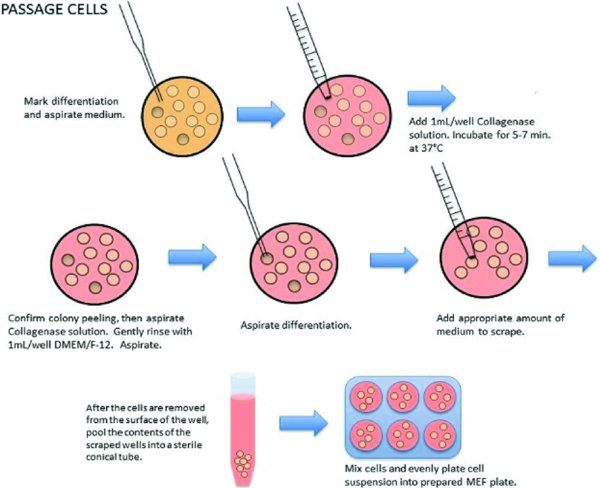Passaging Cells
6/3/2014
JoVE Science Education Database. Basic Methods in Cellular and Molecular Biology. Passaging Cells. Journal of Visualized Experiments, Cambridge, MA, doi: 10.3791/5052 (2014).
Cell lines are frequently used in biomedical experiments, as they allow rapid culture and expansion of cell types for experimental analysis. Cell lines are cultured under similar conditions when compared to freshly-isolated, or primary, cells, but with some basic important differences: (i) cell lines require their own specific growth factor cocktails and (ii) their growth must be more closely monitored than primary cells, as the mutations that allow them to be grown indefinitely also can quickly lead to their overgrowth. Therefore, when a cell line reaches the point of growth in culture where it covers most of the bottom of the culture container, or about a 90% confluency, the cells must be resuspended, washed, used experimentally, frozen for later use, or re-seeded for further expansion in new culture containers.
This video will demonstrate how to use media indicators to determine cell culture health, which reagents and equipment are useful for safely removing adherent cell lines from culture, and various methods for transferring these robustly expanding cells into new cultures will be discussed. Also demonstrated are methods for how to culture feeder cells (important for providing essential growth factors to cell lines) and how to expand large numbers of cell line cultures at once.






